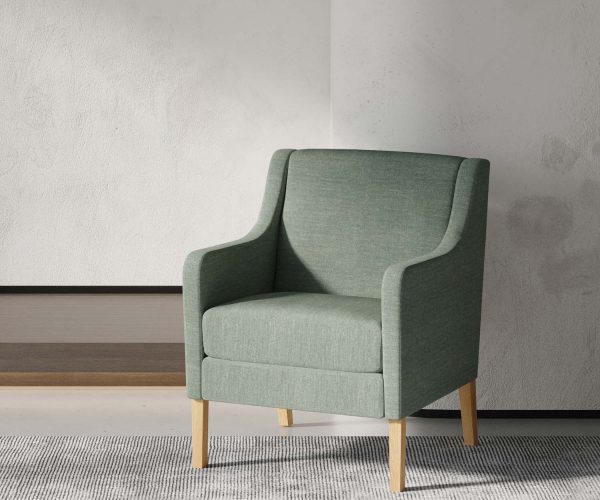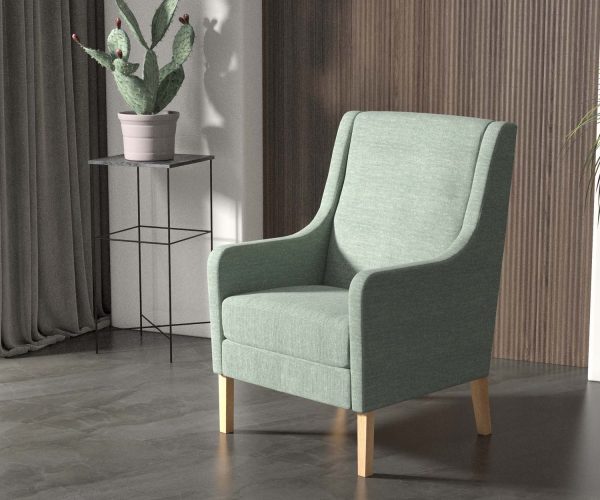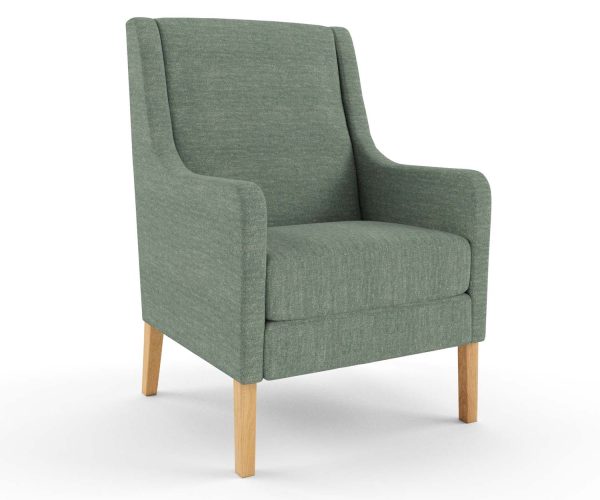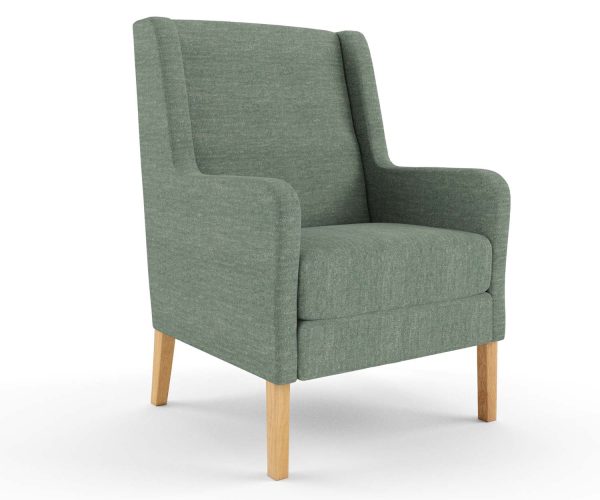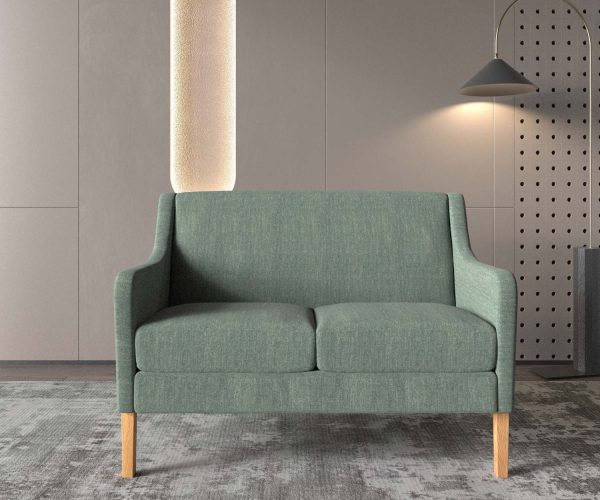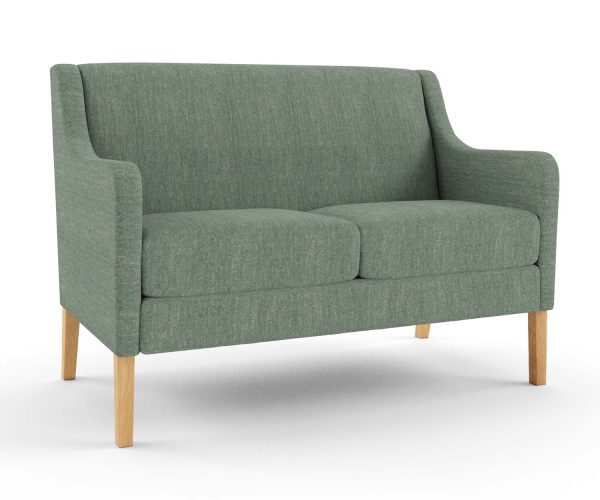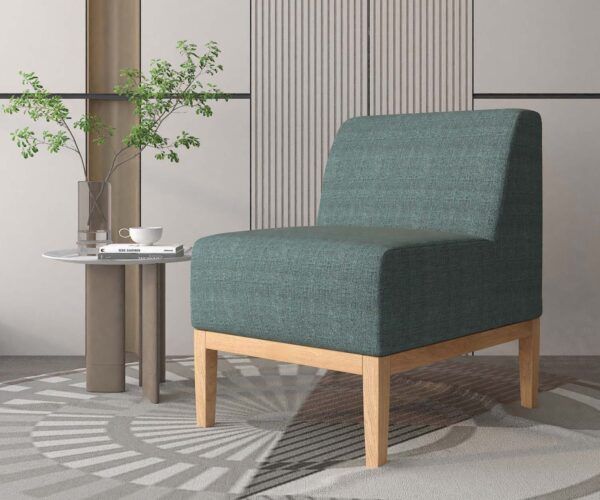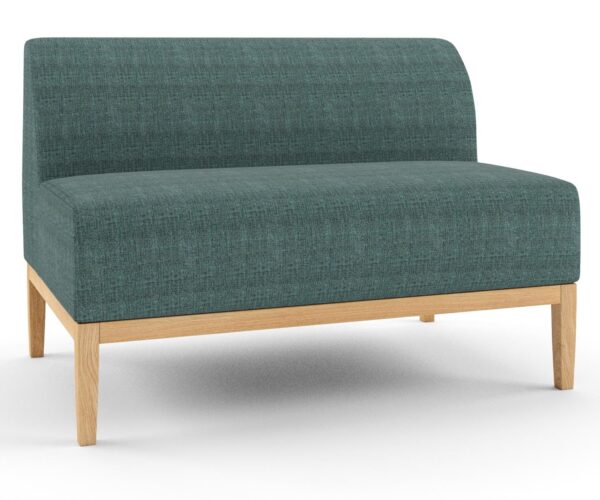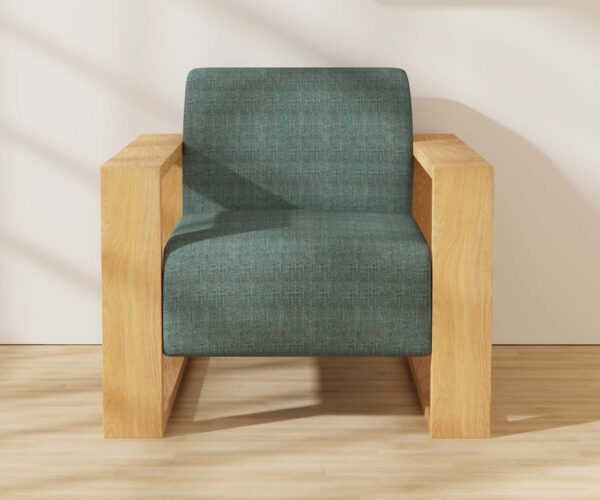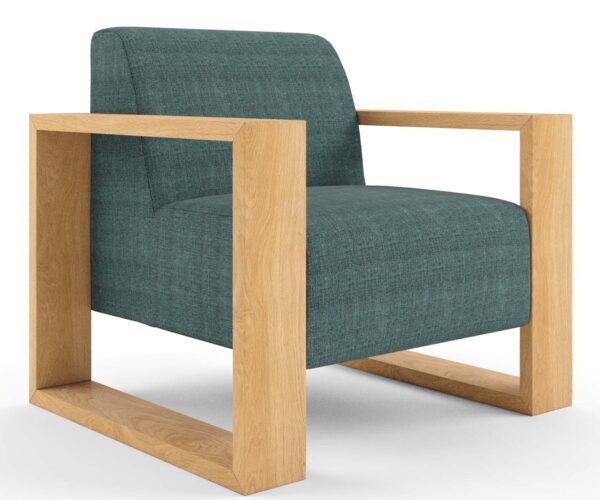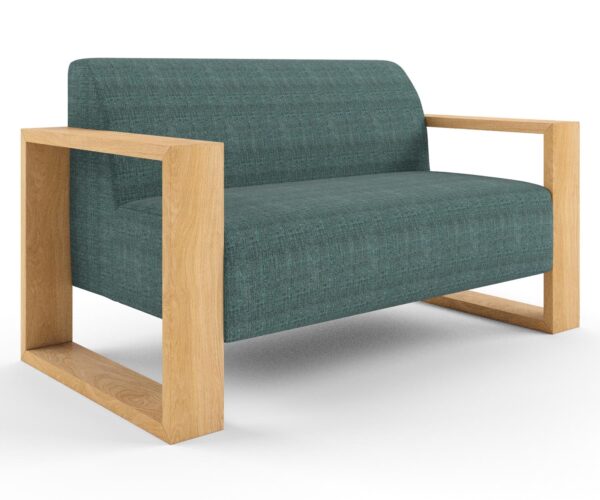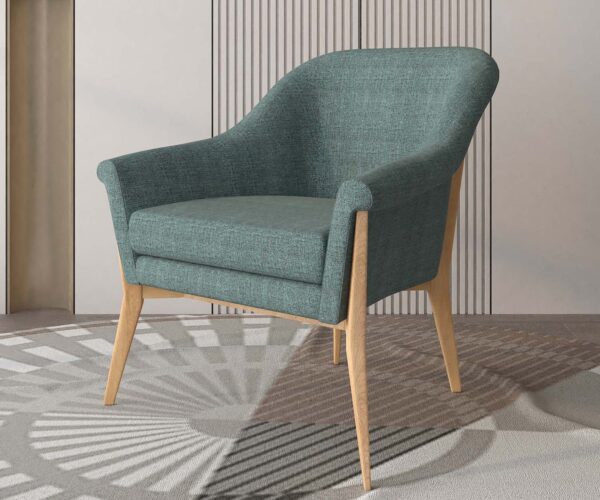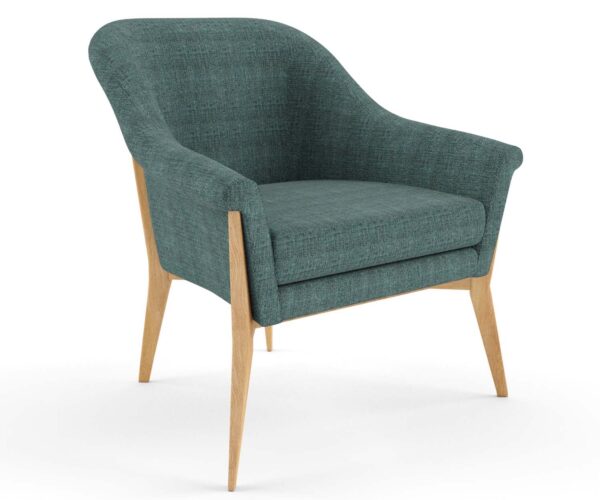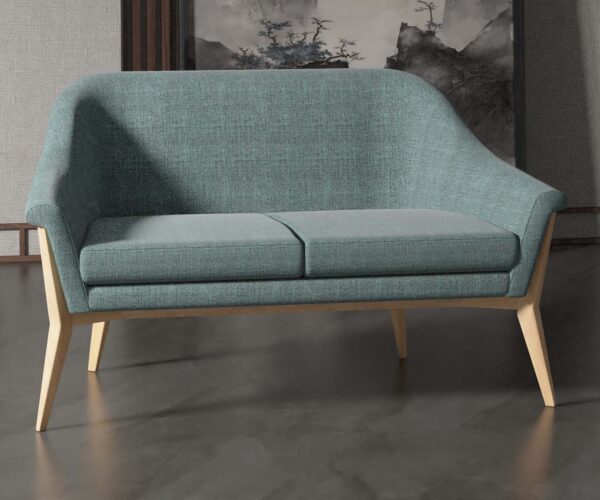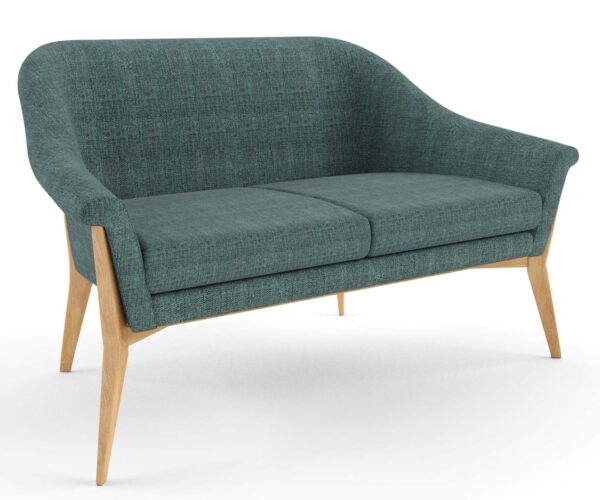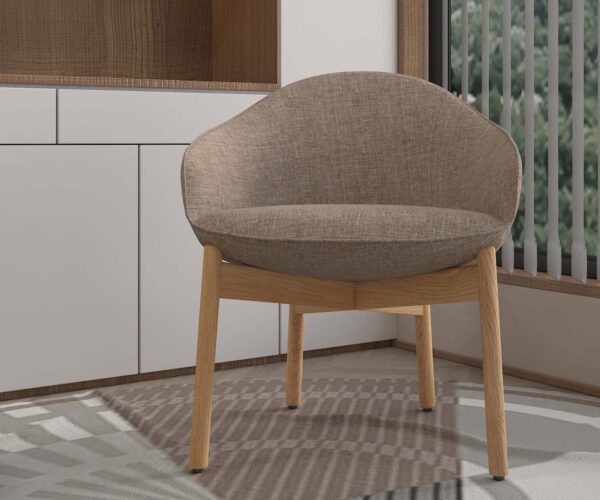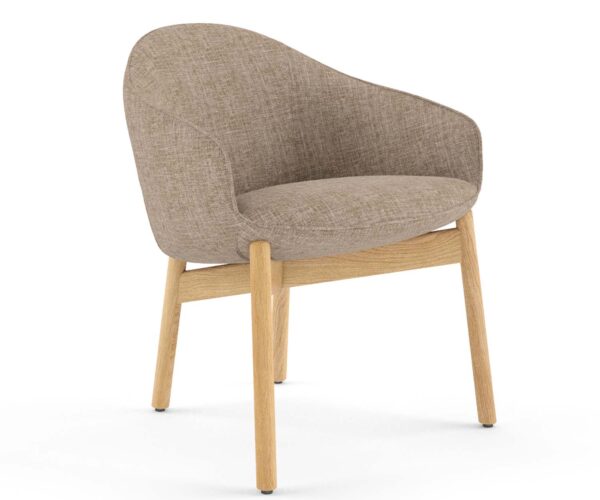Safer Handling and Improved Mobility: A look at the Pro-Mobility assessment tool in aged care environments

In 2023, Australian researchers, Dr Robyn Coman and Associate Professor Carlo Caponecchia, conducted a study to assess the appropriateness and practicality of the Pro-Mobility patient/person handling assessment tool (ProMob) for use in residential aged care facilities – ‘Optimizing aged care environments to promote resident functional mobility and reduce staff injury risk’1.
What is ProMob?
The ProMob is a systematic evaluation tool designed to assess and address environment-related factors that impact mobility and functional independence in residential aged care facilities (RACFs). It evaluates the suitability and usability of the environment within RACFs to support mobility tasks such as transferring from furniture and walking for older adults.
Key features and functions of the ProMob tool typically include:
- Environmental Assessment: It assesses various environmental factors within aged care facilities that can affect mobility, such as seating heights, layout of living spaces, accessibility, and availability of mobility aids.
- Risk Management Evaluation: The tool helps quantify the nature and extent of environment-related risk management interventions related to Manual Handling of People (MHP), which aims to reduce injury risk for residents and staff during mobility tasks.
- Data Collection and Analysis: ProMob involves collecting data on a sample of residents regarding their living environments and available mobility information. The data is then analyzed using statistical software to identify areas for improvement in MHP risk management and resident mobility.
- Audit and Planning: The ProMob tool can be used to audit care facilities, plan redevelopment, and continuously improve care provision and management of staff injury risk exposure.
Overall, the ProMob tool is a valuable resource for aged care organizations and facilities to assess, plan, and improve the environment to promote resident mobility, independence, and staff safety.
The Study Purpose: To evaluate the suitability and usability of ProMob in aged care
This study assessed the suitability and usability of the ProMob tool in aged care. The tool evaluates environmental factors, such as optimal seated heights, to promote functional mobility, improve residents’ mobility, independence, and well-being and protect staff from injury.
Seven RACFs operated by a not-for-profit organization were studied. A qualified assessor evaluated Manual Handling of People (MHP) risk management using ProMob for a random sample of 67 residents. Data was analyzed using a statistical software package.
The ProMob tool effectively measured the impact of environment-related MHP interventions on resident mobility. The tool identified areas where MHP risk management could be improved, revealing variations across RACFs within the same organization that did not correlate with the level of care provided. For instance, some RACFs lacked clear space for mobility, hindering residents’ ability to move around. Furthermore, low-level care facilities had fewer adaptive environmental features that could potentially slow down the decline in residents’ independence.
Features of the aged care environment can improve resident mobility and reduce staff injury risk during MHP interactions. The ProMob tool can be used to audit care facilities, plan redevelopment, improve care provision, and manage staff injury risk.
The Study Conclusion: Key points
The following key points were taken from the study’s conclusion.
- The ProMob Tool was developed to index environment-related MHP interventions that may influence mobility.
- Aspects of MHP risk management could be improved to promote resident mobility and reduce care staff exposure to MHP related injuries.
- Variation was evident within and between facilities in a manner inconsistent with levels of care.
- Provision of optimum seated heights to aid sit-to-stand transfers varied widely, and the provision of assistive technology to aid mobility was limited.
- The ProMob tool is suitable for identifying MHP related environmental issues and promoting discussion on how furniture could be relocated to improve clear space for the movement of residents and staff.
- Bed height, and the ease with which bed height can be adjusted, is recognized as one of the major factors that can facilitate transfers from beds.
- Electrically operated beds were used by all residents assessed in high-care RACFs, most residents in mixed-care RACFs, and very few residents in low-care RACFs, where domestic furniture was common.
- Bedstick/pole bed AT to aid mobility continues to be a contentious issue in RACFs following several bedstick/pole related injuries and fatalities.
- Seat heights are a vital determinant of sit-to-stand transfer ability for the older person.
- Transfers on/off toilets are frequently performed MHP tasks that expose care workers to a high risk of injury.
Practical Uses for the ProMob Tool
The study identifies the following potential practical uses for the ProMob tool:
• To create risk control measures, identify MHP issues related to environment that can impact patient mobility outcomes.
• Assess the effectiveness of existing MHP interventions related to environment.
• Determine staff training needs concerning environment-related MHP strategies that can impact the safety of residents and staff. This includes recommendations for optimal seating heights and recommended amounts of clear space.
• Identify potential quality of care outcomes linked with MHP interventions.
• When planning a refurbishment of the built environment, conduct environmental feature audits of RACFs.
In summary, the ProMob tool was used in seven RACFs to evaluate MHP practices. It identified differences in practices related to furniture type, assistive technology, and space around furniture. The tool was rated highly, making it useful for assessing environmental interventions. This can help RACFs manage risks and improve care.
1 Coman, Robyn and Carlo Caponecchia, “Optimizing Aged Care Environments to Promote Resident Functional Mobility and Reduce Staff Injury Risk” (2023) 4 Frontiers in aging 1157829
Australian Made Furniture: Designed for Longevity in Aged Care Settings
More News
Safer Handling and Improved Mobility: A look at the Pro-Mobility assessment tool in aged care environments

In 2023, Australian researchers, Dr Robyn Coman and Associate Professor Carlo Caponecchia, conducted a study to assess the appropriateness and practicality of the Pro-Mobility patient/person handling assessment tool (ProMob) for use in residential aged care facilities – ‘Optimizing aged care environments to promote resident functional mobility and reduce staff injury risk’1.
What is ProMob?
The ProMob is a systematic evaluation tool designed to assess and address environment-related factors that impact mobility and functional independence in residential aged care facilities (RACFs). It evaluates the suitability and usability of the environment within RACFs to support mobility tasks such as transferring from furniture and walking for older adults.
Key features and functions of the ProMob tool typically include:
- Environmental Assessment: It assesses various environmental factors within aged care facilities that can affect mobility, such as seating heights, layout of living spaces, accessibility, and availability of mobility aids.
- Risk Management Evaluation: The tool helps quantify the nature and extent of environment-related risk management interventions related to Manual Handling of People (MHP), which aims to reduce injury risk for residents and staff during mobility tasks.
- Data Collection and Analysis: ProMob involves collecting data on a sample of residents regarding their living environments and available mobility information. The data is then analyzed using statistical software to identify areas for improvement in MHP risk management and resident mobility.
- Audit and Planning: The ProMob tool can be used to audit care facilities, plan redevelopment, and continuously improve care provision and management of staff injury risk exposure.
Overall, the ProMob tool is a valuable resource for aged care organizations and facilities to assess, plan, and improve the environment to promote resident mobility, independence, and staff safety.
The Study Purpose: To evaluate the suitability and usability of ProMob in aged care
This study assessed the suitability and usability of the ProMob tool in aged care. The tool evaluates environmental factors, such as optimal seated heights, to promote functional mobility, improve residents’ mobility, independence, and well-being and protect staff from injury.
Seven RACFs operated by a not-for-profit organization were studied. A qualified assessor evaluated Manual Handling of People (MHP) risk management using ProMob for a random sample of 67 residents. Data was analyzed using a statistical software package.
The ProMob tool effectively measured the impact of environment-related MHP interventions on resident mobility. The tool identified areas where MHP risk management could be improved, revealing variations across RACFs within the same organization that did not correlate with the level of care provided. For instance, some RACFs lacked clear space for mobility, hindering residents’ ability to move around. Furthermore, low-level care facilities had fewer adaptive environmental features that could potentially slow down the decline in residents’ independence.
Features of the aged care environment can improve resident mobility and reduce staff injury risk during MHP interactions. The ProMob tool can be used to audit care facilities, plan redevelopment, improve care provision, and manage staff injury risk.
The Study Conclusion: Key points
The following key points were taken from the study’s conclusion.
- The ProMob Tool was developed to index environment-related MHP interventions that may influence mobility.
- Aspects of MHP risk management could be improved to promote resident mobility and reduce care staff exposure to MHP related injuries.
- Variation was evident within and between facilities in a manner inconsistent with levels of care.
- Provision of optimum seated heights to aid sit-to-stand transfers varied widely, and the provision of assistive technology to aid mobility was limited.
- The ProMob tool is suitable for identifying MHP related environmental issues and promoting discussion on how furniture could be relocated to improve clear space for the movement of residents and staff.
- Bed height, and the ease with which bed height can be adjusted, is recognized as one of the major factors that can facilitate transfers from beds.
- Electrically operated beds were used by all residents assessed in high-care RACFs, most residents in mixed-care RACFs, and very few residents in low-care RACFs, where domestic furniture was common.
- Bedstick/pole bed AT to aid mobility continues to be a contentious issue in RACFs following several bedstick/pole related injuries and fatalities.
- Seat heights are a vital determinant of sit-to-stand transfer ability for the older person.
- Transfers on/off toilets are frequently performed MHP tasks that expose care workers to a high risk of injury.
Practical Uses for the ProMob Tool
The study identifies the following potential practical uses for the ProMob tool:
• To create risk control measures, identify MHP issues related to environment that can impact patient mobility outcomes.
• Assess the effectiveness of existing MHP interventions related to environment.
• Determine staff training needs concerning environment-related MHP strategies that can impact the safety of residents and staff. This includes recommendations for optimal seating heights and recommended amounts of clear space.
• Identify potential quality of care outcomes linked with MHP interventions.
• When planning a refurbishment of the built environment, conduct environmental feature audits of RACFs.
In summary, the ProMob tool was used in seven RACFs to evaluate MHP practices. It identified differences in practices related to furniture type, assistive technology, and space around furniture. The tool was rated highly, making it useful for assessing environmental interventions. This can help RACFs manage risks and improve care.
1 Coman, Robyn and Carlo Caponecchia, “Optimizing Aged Care Environments to Promote Resident Functional Mobility and Reduce Staff Injury Risk” (2023) 4 Frontiers in aging 1157829
Australian Made Furniture: Designed for Longevity in Aged Care Settings
Commercial furniture by room
Based in Brisbane, we’re an Australian manufacturer of aged care furniture, retirement living furniture, hospital & healthcare furniture, hotel & accommodation furniture and student accommodation furniture. We also supply a range of commercial office furniture.
Discover the FHG Look Book: Your Source of Inspiration for Quality Australian-Made Commercial Furniture
- Quality Craftsmanship: See why we’ve been a trusted partner for over 25 years.
- Local Excellence: Learn how our Brisbane team ensures the highest standards.
- Inspiration and Ideas: Find innovative furniture solutions for any environment.
Don’t miss the opportunity to transform your commercial space with FHG’s expertly crafted furniture. Download the FHG Look Book today and start your journey towards exceptional design and quality.

